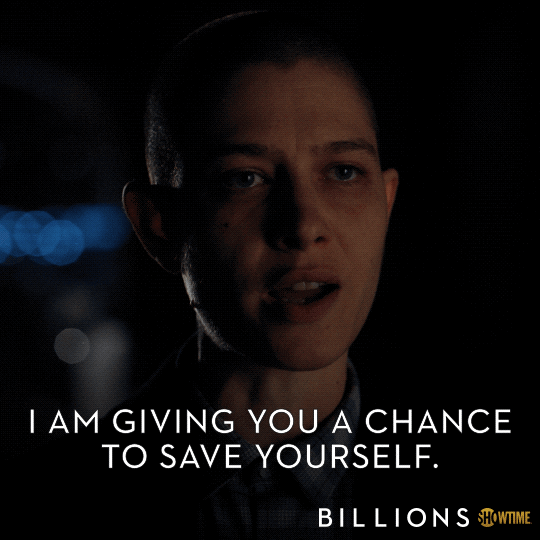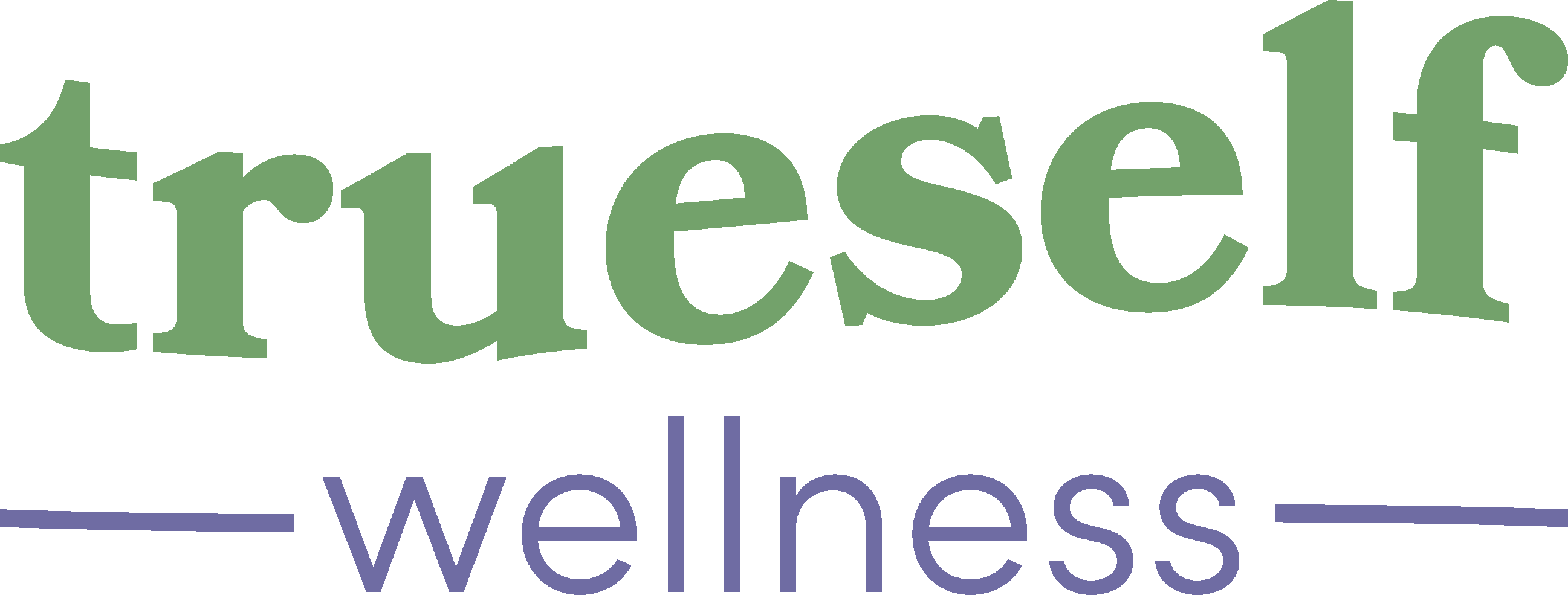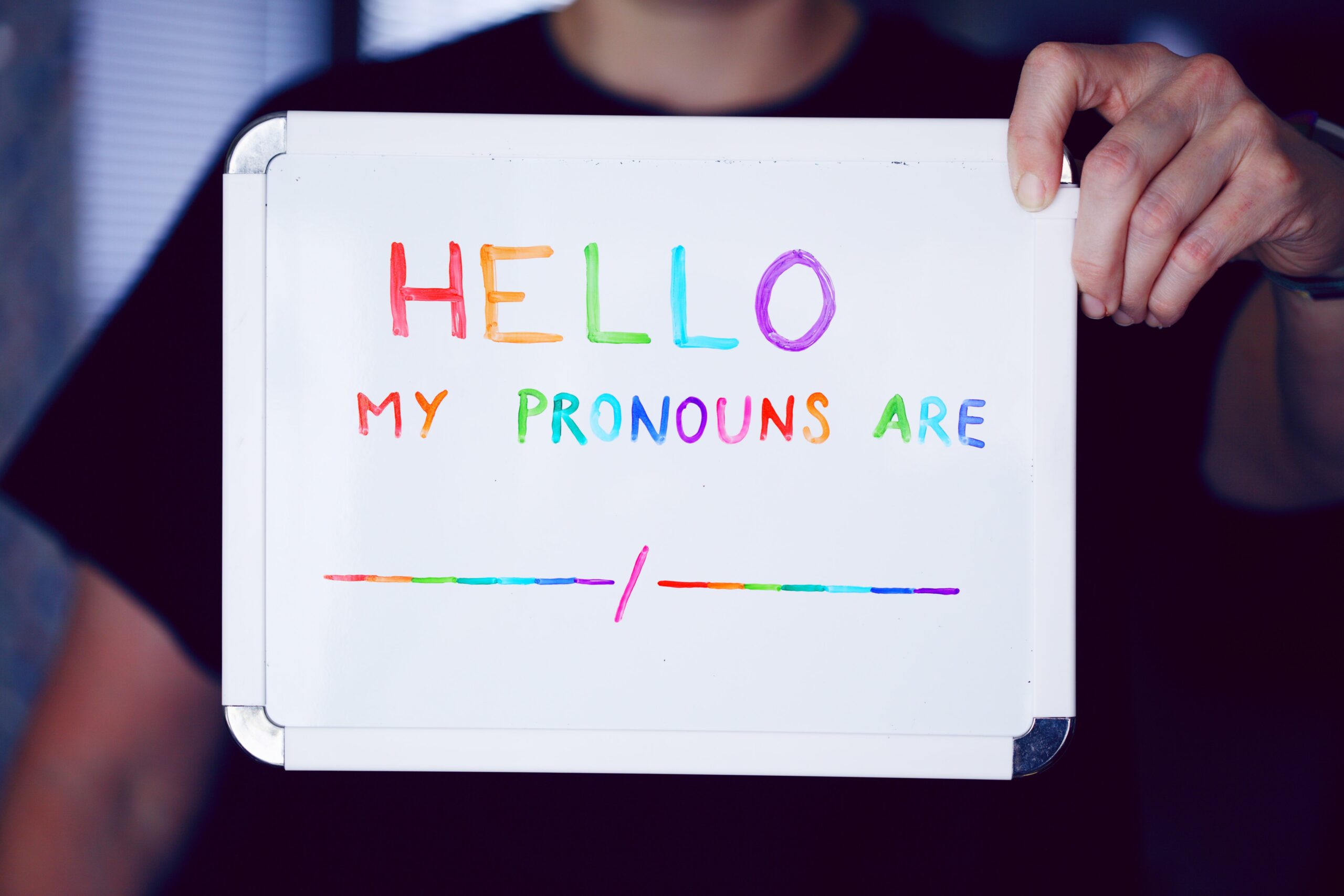My face is a wreck.
Or, as my cheerful orthodontist told my 12-year-old self, my jaw problem is “the worst case I’ve ever seen.” She proceeded to hold up the picture of me that she’d snapped against the white wall of her X-ray room — standing in side profile, like a mug shot — and pointed out that my upper jaw is clearly underdeveloped, as seen here (pointing to the flat curvature of my cheeks), and my lower jaw is overdeveloped, as seen here (pointing to my slight underbite).
In other words, she explained in clear, medical terms that my 12-year-old self was a swamp monster and should encase my face in metal for a while and hope it self-corrects, sort of like the Man in the Iron Mask but in a training bra.
I have a Class III Malocclusion and a temporomandibular joint (TMJ) disorder, also called a TMD, which basically means my jaw doesn’t fit together the way it’s supposed to, like a door slightly off its hinges: It opens and closes most of the time, but occasionally it gets stuck open or closed and pretty often makes creaky noises that sound like a horror movie effect. Except all of this is happening inside my face.
When your upper and lower jaws don’t fit together, you don’t get to have nice things, like chewing and yawning and breathing correctly. But, despite my orthodontist’s assertion that mine was “the worst case she’d ever seen,” I’m pretty lucky. Symptoms of TMJ disorders can include migraines and pain so severe that people can barely eat or sleep, in addition to swelling and tenderness or pain in the neck, shoulders, or around the ear.
I’m lucky because after years of mistakenly yawning with abandon and locking my jaw open like an angry gargoyle for upwards of an hour, I learned to modify my behaviors so that only happens maybe once a year. (Try yawning while keeping your mouth closed; it’s weird and sometimes your ears will pop, but it beats what you have to do to unlock your jaw while panicking that you broke your face).
If you’re lucky enough to have never experienced a locked jaw and you’re curious what it’s like, dive into the torture of #lockjaw TikToks, like these:
@itslillygalvan I was brushing my teeth and this happened 😭 I’m never brushing my teeth again 😨 #fyp #foryou #viral♬ something traumatic – Courtney Lee Jacobs
@aubreythobe one of the scariest feelings don’t @ me #lockjaw #scary #shit♬ panic attack. – taylor.
(Yes, drool really is a problem, because it’s very difficult to swallow when you’re jaw is locked wide open…so that’s a thing).
So far, two things have helped me control my unhinged face: I endured many years of braces in order to correct my very crooked teeth and help my crooked bite become less crooked, and I took my orthodontist’s advice and wore a hideous metal face mask in the darkness of night. It looked something like this:
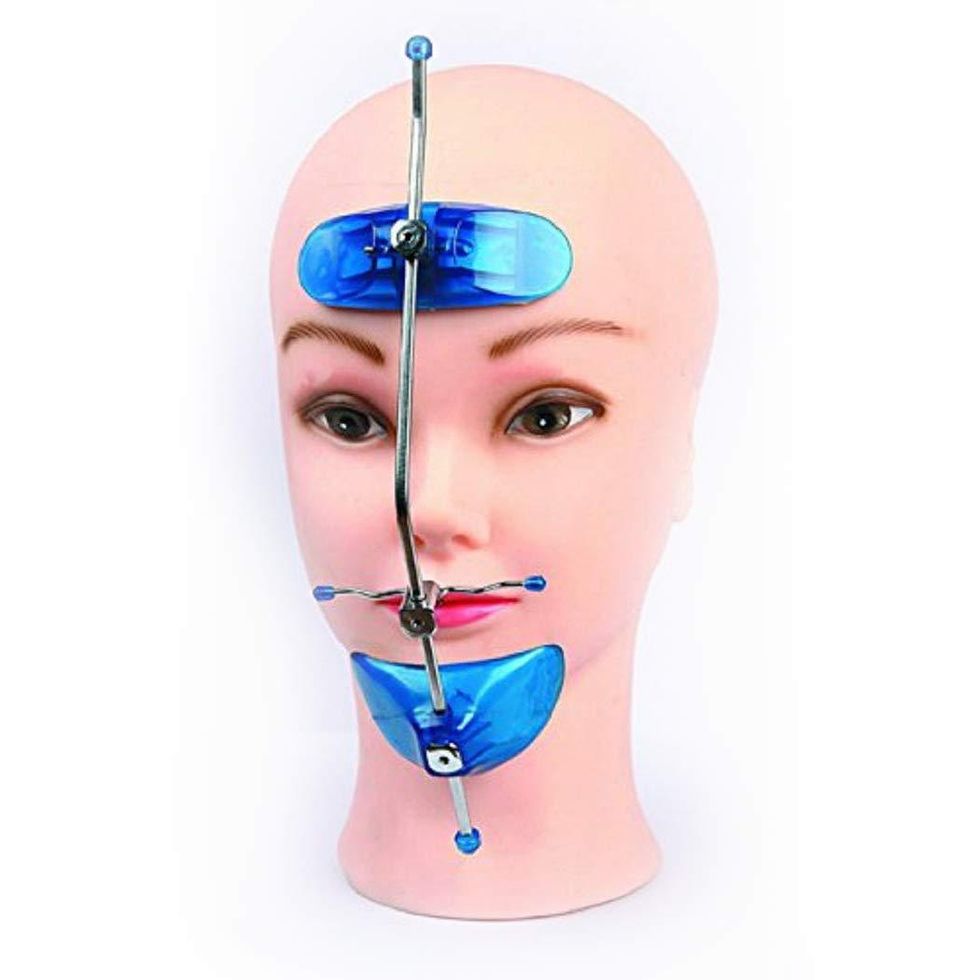 Multi adjustable face mask for malocclusion…apparently
Multi adjustable face mask for malocclusion…apparently
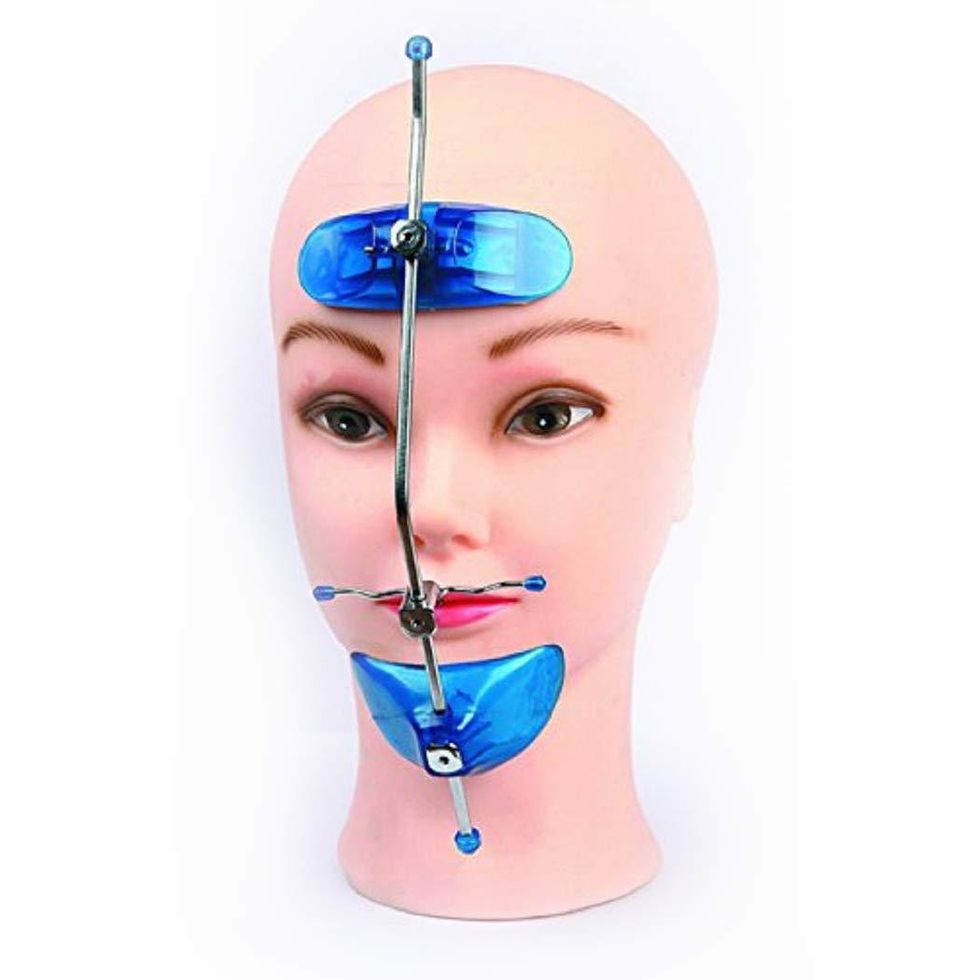
What is this SAW-like contraption? It hooks up to the wearer’s braces (that’s what those two skinny handle bars are for) with strong elastic ties, and the hope is that over time the pressure from the wearer’s own forehead and teeth will push the lower jaw back and come closer to alignment with the upper jaw.
Obviously, in order to work the wearer’s bones still have to be developing, so this torture device is made only for prepubescent children, who will either go on to build incredibly strong character or a very dark stand-up comedy set and extremely specific interests in World War II.
It turned out pretty well for me, in that (aside from my extensive knowledge about the Battle of Dunkirk) it helped my jaws just barely align and so corrected my underbite. I still have a lot of clicking and popping and occasional sudden stabbing pain when the soft tissue of my face gets pinched in between my jaw joint, but hey, we can’t be happy all the time, right?
The third thing that’s helped me is brand new: a night guard.
According to my dentist, when I sleep I clench my jaw and grind my teeth like I’m a Rottweiler (my dentist didn’t say that exactly, but I get the feeling she wanted to). It’s common for people with TMJ disorders to grind their teeth, so a night guard is one way to minimize tension in the jaw and stabilize the joint while you’re sleeping.
The first morning I woke up after using my night guard, I bit down and all of my teeth touched. My jaw didn’t feel or sound like the loose wheel on a Target shopping cart. When I brushed my teeth, my ears didn’t pop. Oh, what glory! Is this health?!
Mind you, there are important things to consider before acquiring a night guard; namely, do you really need one?
Bruxism, or teeth grinding, is a common behavior that can be prevented or reduced with a variety of interventions, from changing your sleeping position to learning exercises to relax your muscles before going to bed. Yes, it can cause many symptoms of TMJ disorders — like headaches, jaw pain, and trouble opening or closing your mouth — but unless you have a TMJ disorder, your first step should be to try to correct teeth-grinding. Ask your doctor and possibly talk to a specialist about how to do that.
Take it from Dr. Tammy Chen, a prosthodontist in New York City who told The New York Times, “Bruxism often comes down to a breathing or airway issue. Night guards are a band aid, but if you want to stop grinding, you have to get to the root cause of the issue.”
While a night guard is effectively a prophylactic to protect your teeth, if you wear one that isn’t custom fit for your teeth and designed to help your specific problem (grinding, clenching, chomping), then you can do yourself a lot of harm. The wrong night guard can actually cause TMJ disorders, so stay away from over-the-counter options and really consider if you want to invest in the cost of a custom-made night guard.
How much does a proper fitting night guard cost? Before insurance, mine cost $800. After insurance, it will (hopefully) be about $350. That’s a lot of cash for a bandaid.
In other words, there’s no saving me or my Man-in-the-Iron-Mask-TMJ-teeth-grinding, but you might have a chance to un-wreck your face.
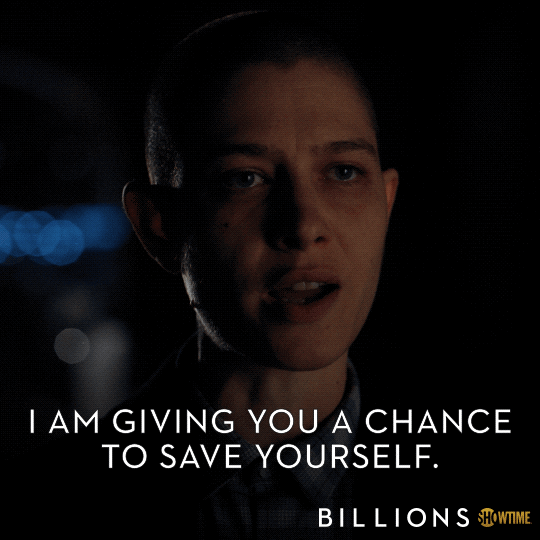 Save Yourself
Save Yourself
